The free city of Hamburg was already a prosperous and independent settlement at the end of the 12th century. Princes and kings have never ruled here, so centuries of freedom left a deep imprint on these lands. Hamburg has become a multicultural and multinational city since the Middle Ages. In our time, hectic life continues to boil in its squares and port streets.
Hamburg is very different. On the one hand, the historic center with a picturesque town hall and Renaissance buildings, on the other, the dynamic industrial quarters of the Barn City, and on the third, the magnificent Alster Lake and large park areas within the city. The cultural traditions of past centuries are carefully preserved in Hamburg museums and galleries.
What to see and where to go in Hamburg?
The most interesting and beautiful places for walking. Photos and a short description.
- Hamburg town hall
- Port of Hamburg
- Alster lake
- Jungfernstieg street
- Reeperbahn street
- Hamburg Kunsthalle
- Museum of the History of Hamburg
- Museum of Arts and Crafts
- Wax Museum Panopticon
- Museum ship Rickmer Rickmers
- Hamburg dungeon
- Miniature wonderland
- Hamburg Opera House
- Monument to Otto von Bismarck
- Church of St. Michael
- Church of St. Nicholas
- Planetarium
- Fish market
- Chilihouse
- Barn city
- Bergedorf Castle
- Old tunnel under the Elbe
- Ohlsdorferfriedhof park-cemetery
- Hagenbeck Zoo
- Park Plantin un Blomen
Hamburg town hall
The majestic historical building of the city council, decorated with statues of German emperors. Today, the Town Hall houses the residence of the burgomaster. Celebrations, festivals and fairs are held on the Town Hall Square all year round. In the courtyard of the building there is an elegant fountain with a statue of the goddess of health Hygiea, built at the end of the 19th century in honor of the end of the cholera epidemic.

Port of Hamburg
Cargo harbor on the Elbe River, Germany's largest port and "German gateway to the world". Vessels and tankers from many countries moor here, and the port ranks 9th in the world in terms of workload. The length of the pier is 46 km. The harbor began to function in the XII century under the ruler Frederick I. Due to its favorable location and convenient port, Hamburg quickly became rich and by the XVII century turned into a major European transport hub.

Alster lake
A lake in the center of Hamburg, around which the prestigious districts of the city are concentrated. On the banks of the Alster there are luxurious villas of wealthy citizens. Nearly 6 kilometers of coastal zone has been turned into a public park. Water sports competitions are regularly held on the lake. Those who wish can take a boat trip on a regularly running ferry and admire the surrounding landscapes.

Jungfernstieg street
Alley in the historical part of Hamburg on the southern shore of the Alster lake. The Jungfernstieg was the first paved street in Germany. In past centuries, noble and wealthy families arranged a promenade here, simultaneously showing the public their unmarried daughters. Today, the street is an important transport hub in Hamburg, a business center and the best place for shopping.
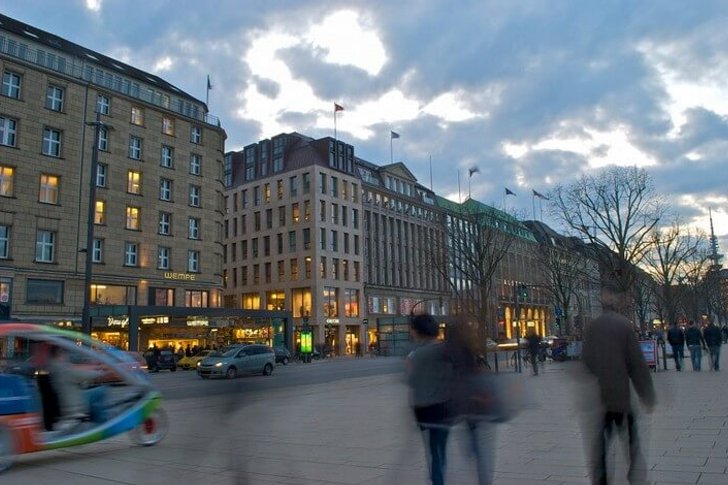
Reeperbahn street
The center of Hamburg's bohemian life in the port area of St. Pauli. The street got its "frivolous" fame from the past, when city blocks in the port area were considered a place of rampant vices and fornication. Today, the purpose of the Reeperbahn has not changed much - it is the focus of nightclubs, entertainment venues, erotic cabaret shows and legal brothels. The place was given the unofficial name "Sinful Mile".
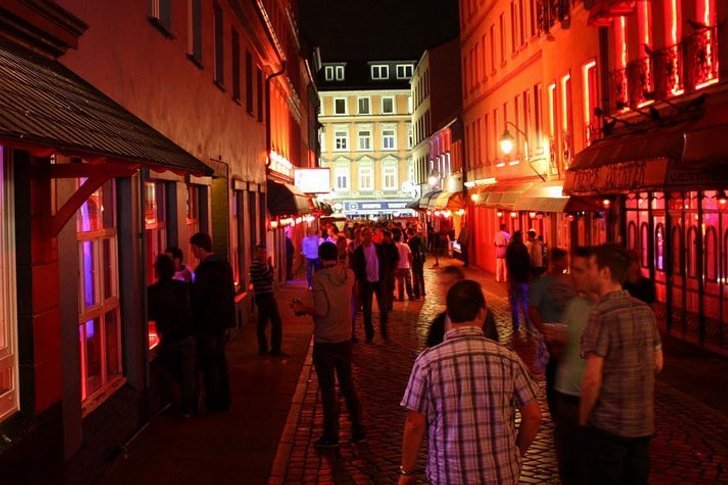
Hamburg Kunsthalle
City Art Museum, created on the initiative of members of the Union of Literature Lovers. In the middle of the 19th, the authorities allocated a site for construction, and work began under the leadership of the architects G. Schirrmacher and G. von der Hude. In 1995, another building was added to the museum, which housed the Gallery of Modernity. The Hamburg Kunsthalle contains works from various eras, starting from the Middle Ages.

Museum of the History of Hamburg
Museum built in the early 20th century, where you can learn a lot about the history of Hamburg. The exhibits will tell the visitor how the city turned from a small fortress into a rich and prosperous European center of trade. The exposition was opened thanks to the activities of members of the historical society. It houses parts of ancient buildings, panoramas, ship samples, costumes and the largest model railway in Europe.

Museum of Arts and Crafts
Museum of Applied Arts, which has a collection of 500 thousand exhibits. This is one of the most complete collections in Europe. Here are stored collections of textiles, furniture, interior items, made at the best factories in Italy, Belgium, France. Also in the museum there are antique musical instruments, rare costumes of French fashion designers, collections of porcelain and faience.
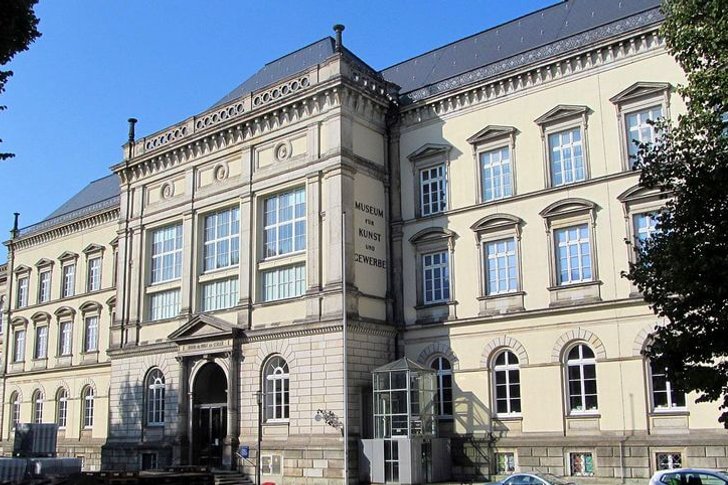
Wax Museum Panopticon
The exposition of the museum is based on the private collection of wax figures of Hermann Weber, who at the same time was the creator of all of his exhibits. The first figures were copies of criminals and stealing burgomasters of Hamburg. After a fire in 1943, only 19 copies remained from the museum collection. They formed the basis of the updated exhibition. Now the museum exhibits about 120 figures of famous people.

Museum ship Rickmer Rickmers
Former cargo barque that made long voyages across the Atlantic Ocean to Chile, as well as to the Far East. At the beginning of the 20th century, the ship was seized by British troops, and after the First World War, it was transferred to Portugal. In 1983, Germany bought the barque, which had been working properly all this time. The ship was restored and converted into a museum dedicated to the history of the ship and the Rickmers shipping company.
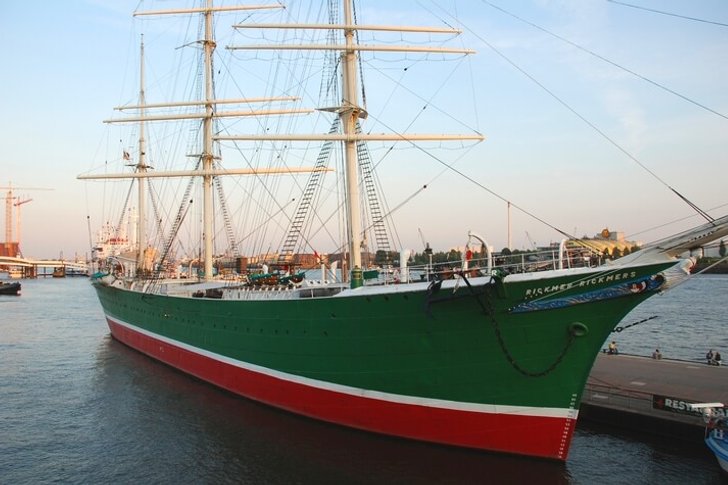
hamburg dungeon
A popular museum of horrors, which tells about the "dark" periods of the city's history in colors and faces: public executions, epidemics, big fires and other bleak events. Visitors are waiting for theatrical performances, interactive shows and a completely creepy entourage, which makes even the most indifferent feel uneasy. The museum is located in gloomy stylized catacombs.
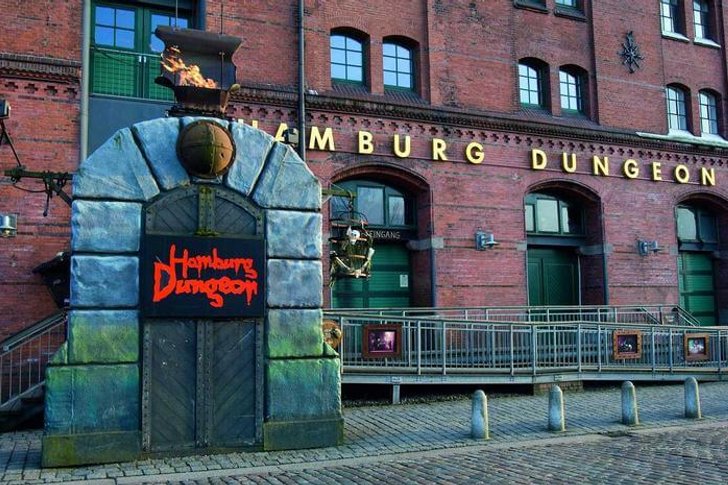
miniature wonderland
Fairy-tale city, which is a miniature of the world around. Here are placed models of German railways (with real stations), airports, Scandinavian harbors, the Alps, the Americas and much more. The territory of the "wonderland" is divided into thematic sections that depict entire states in miniature. This unique space will be interesting for both children and adults.

Hamburg Opera House
The oldest musical theater in Germany, founded in 1678. The stage was originally intended for the general public, and not just for a narrow circle of noble families. Until the middle of the 18th century, the opera house was located in a wooden building, in 1827 the troupe moved to a new building, but it was destroyed during the Second World War. The opera was restored for almost ten years.

Monument to Otto von Bismarck
A gigantic monument in honor of the outstanding chancellor of the united Germany (and later the German Empire) Otto von Bismarck. This politician stood at the foundations of the transformation of disparate German states and small principalities into a single and strong country. He was an honorary citizen of Hamburg, so the authorities decided to erect a worthy monument in his honor. The monument was inaugurated in 1906.
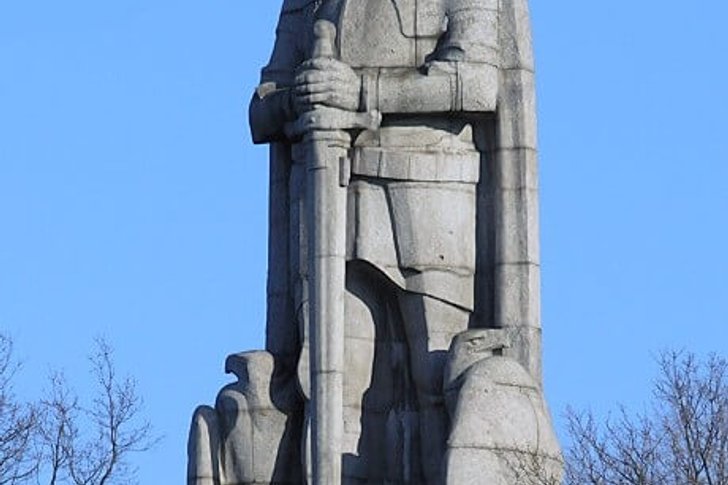
Church of St. Michael
Temple of the 18th century, built in the Baroque style. It is considered one of the most picturesque in Hamburg. The church is crowned by a 132-meter bell tower with an impressive clock on the facade. At the top there is an observation deck with a view of the Elbe, the Alster lake and Hamburg. During the Second World War, the building was severely destroyed, so we had to seriously work on its restoration.

Church of St. Nicholas
Lutheran church, from which only a 147-meter bell tower remained. Once it was a beautiful neo-gothic church. The first building appeared in the 13th century, in the middle of the 19th century a new building was erected in its place, which suffered from the bombings of 1943. After the war, the temple was not completely restored, only the tower was left. The ruins of the church of St. Nicholas serve as a memorial to the victims of bloody battles.

Planetarium
An impressive space theater, where projections of the starry sky are shown. The planetarium was launched in 1930; it is the oldest one in Germany. The monumental historical building is equipped with modern technology, with which you can see entire star worlds. The planetarium's powerful projector is capable of displaying several thousand stars at the same time on the dome.
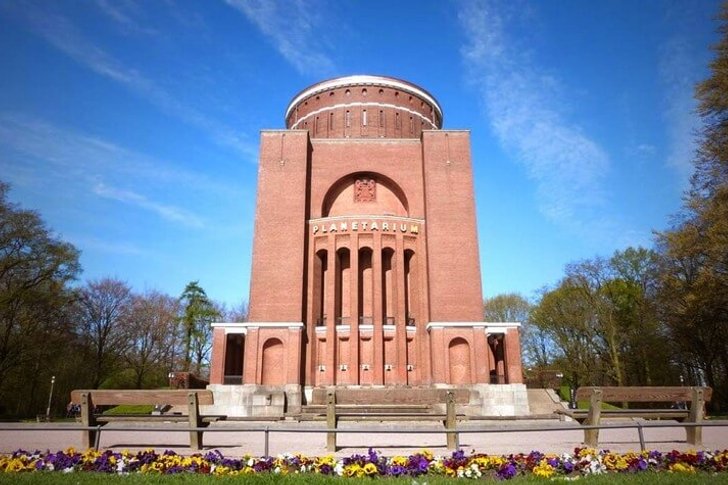
Fish market
A trading area where you can buy fish, seafood, smoked meats, fruits, souvenirs, as well as delicious food. The market has existed since the beginning of the 18th century. Trade here is conducted from five to ten in the morning. Tourists are brought in whole buses, skillful sellers arrange exciting show presentations in front of potential buyers. The market is worth a visit for the entourage, atmosphere and mood, even if there are no plans for shopping.
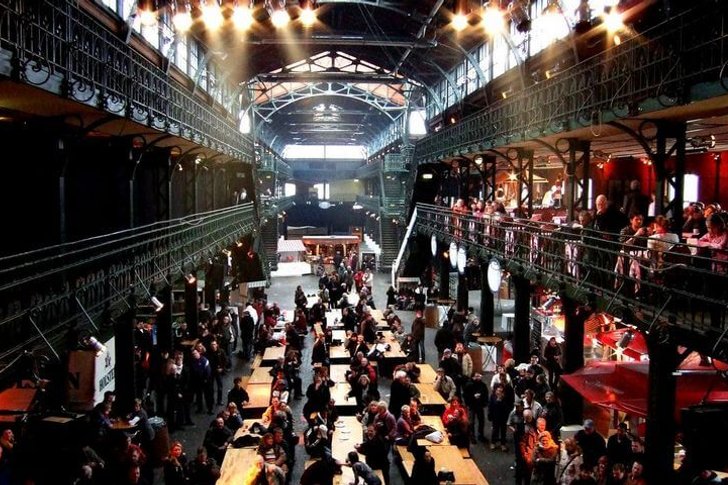
chilihouse
Eleven-storey building of the beginning of the 20th century in the style of expressionism. The unofficial name of the structure is "the bow of the ship" because of its characteristic shape, reminiscent of a ship's cape. The Chilihouse was built by order of a large merchant G. Sloman, who made his capital on the trade in Chilean saltpeter. The house was included in the UNESCO World Heritage List as an example of the port architecture of Hamburg.

barn city
A complex of warehouse and administrative buildings in the port area of Hamburg. The buildings are mostly made of red brick. Numerous metal bridges are laid between them. Thanks to this industrial architecture, the port area has acquired a unique flavor. The granary city arose at the end of the 19th century, when it was decided to create a free trade zone outside of Hamburg.

Bergedorf Castle
The only castle preserved on the territory of Hamburg. It is located in the old part of the city. It is believed that the castle was built in the 13th century, as there are written documents in which it is referred to as a "strong house". Today, on the territory of the building there is a branch of the Museum of the History of Hamburg. It hosts exhibitions that acquaint visitors with the cultural heritage of the region.
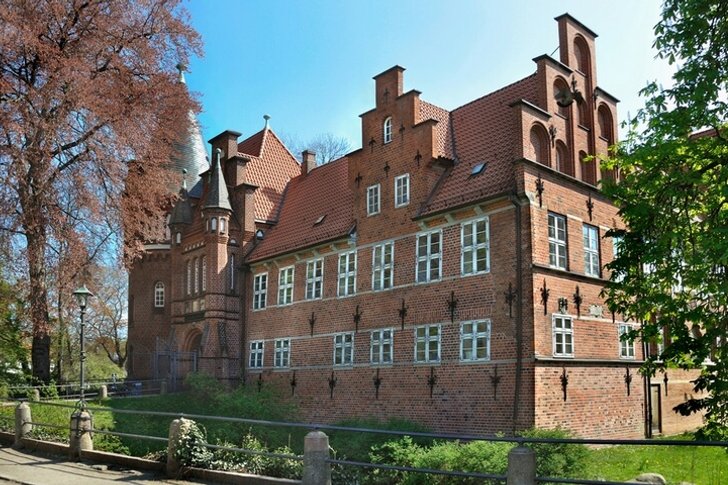
Old tunnel under the Elbe
An underground passage under the Elbe River, 426.5 meters long, connecting the port area of St. Pauli with the center of Hamburg. It was designed and built at the beginning of the 20th century. Engineering solutions implemented during construction were considered breakthrough and progressive for that time. The idea of laying the tunnel arose after a strike in 1896, when disgruntled port workers demanded a solution to the problem of unloading the port.
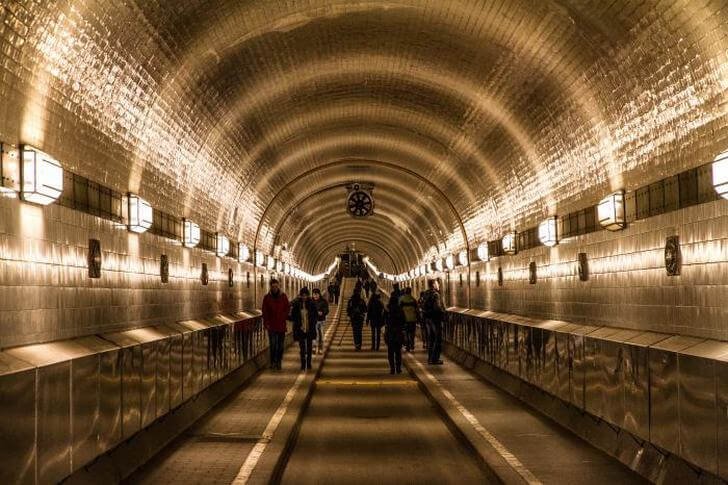
Ohlsdorferfriedhof park-cemetery
The old cemetery of the end of the 19th century, where more than 1.5 million graves are located on an area of almost 400 hectares. You can move around the cemetery by car and public transport, as the length of the alleys is more than 17 km. Numerous mausoleums, chapels and memorials have been built here. Benches and places for walking are equipped for visitors. The cemetery has long turned into a tourist attraction, it is visited by more than 2 million people a year.
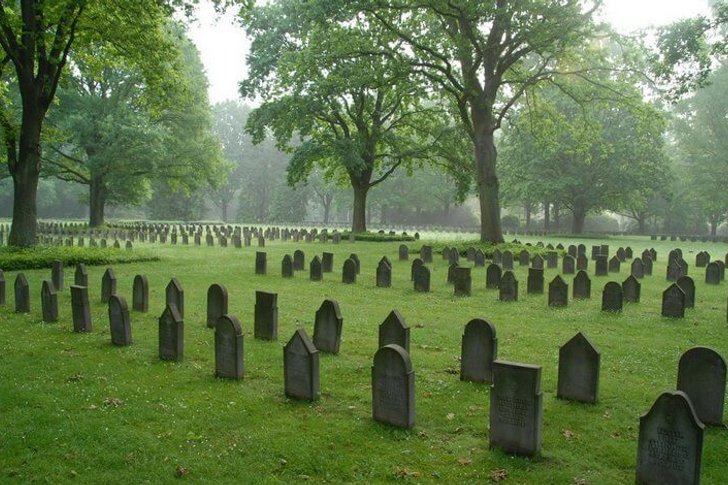
Hagenbeck Zoo
Private zoo of the Hagenbeck family, opened in 1907. The zoo was the first in the world where natural habitats were created for animals. More than 200 species of animals live on the territory. One of the interesting places in the zoo is the tropical aquarium, which is home to a wide variety of species - from small fish and tropical insects to giant crocodiles.

Park Plantin un Blomen
The botanical garden and the "green heart" of Hamburg, a favorite place for walks and picnics in fine weather. The park hosts exhibitions of gardeners and landscape designers, flower fairs, musical performances and art exhibitions. Planten un Blomen is located to the west of the Alster lake. It includes several garden areas, united by a common concept.
